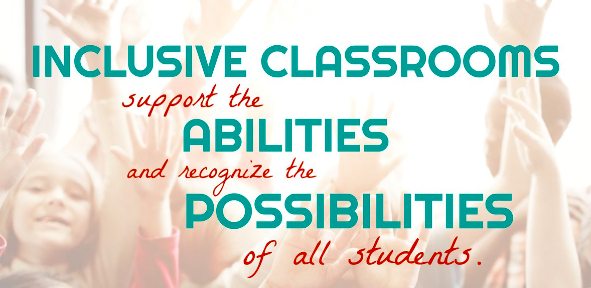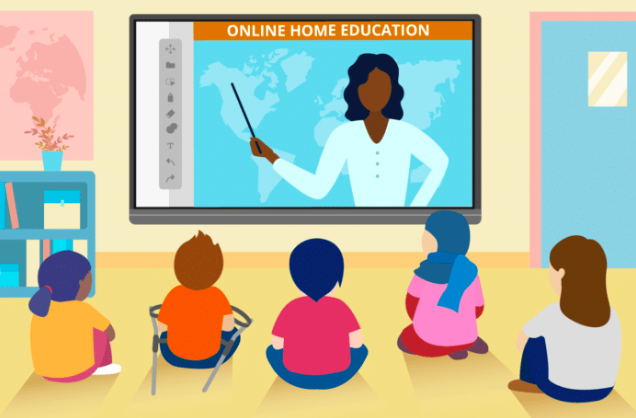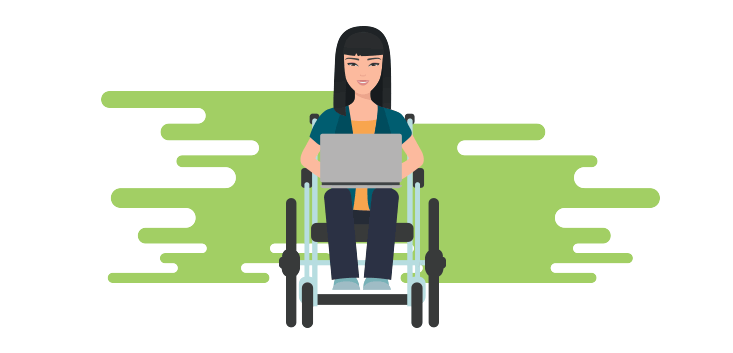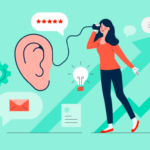After reading the post National #AccessAbility Week and the article Inclusive Learning Design, I realized the need for accessible design to be promoted and kept up-to-date in the education industry. In our daily life, a group of people may have vision impairment due to various problems, congenital, accidental, and other reasons, and cannot learn by viewing multiple videos and books like ordinary people. Currently, according to the World Health Organization, more than 15% of the world’s population has some disability, and dyslexia even affects about 10% of the population, making it one of the most common learning challenges today. The importance of an inclusive educating environment is explained in detail in the video The Power of Inclusive Education.
Although the importance of inclusive education is obvious, the educational environment in most regions is still developing, and it is even difficult to implement inclusive education for special populations. Although the importance of inclusive education is obvious, the educational environment in most regions is still developing, and it is even difficult to implement inclusive education for special populations.
When I searched for relevant materials and personally asked surrounding educators and parents about inclusive education, I got some realistic feedback. The first is that although the proportion of special groups is very large, it is still not enough to attract the attention of most societies. Even if some schools realize the importance of this problem, there are not enough resources available. Besides that, according to the feedback given to me by educators and parents, some teachers are unwilling to accept students with special conditions because they are not equipped to deal with special emergencies. Meanwhile, many parents are worried about students under special conditions will affect the classroom order or teaching progress, so they will not receive inclusive education for children with special needs. My teammate Dennis also expressed relevant feelings and opinions in response to this dilemma.

From this point of view, the principle of barrier-free design is to ensure that all students can learn without any inconvenience and obstacles in educational design and strive to ensure that students with different conditions receive a high-quality, equal, and innovative academic environment. Inclusive design is the inspiration for many innovations, both in teaching mode and in technology. Based on the rethinking and redesign of teaching and learning methods that engage students, the inclusive design enables extended thinking in time and space, allowing everyone to have the same level of engagement and an equally productive learning environment. As far as our current blueprint for learning design is concerned, our teaching and learning environment does not create any barriers for students. When exceptional circumstances like the epidemic prevent students from learning face-to-face simultaneously, we are willing to conduct any online teaching mode, such as recorded courses, live broadcasts streaming media, or even one-to-one online custom learning methods, etc.
“Every student can learn, just not on the same day, or in the same way.”
― George Evans.
I personally think that customizing online education in different ways can solve most of the difficulties encountered in inclusive education because it can provide a more suitable learning environment for students under different conditions.

Online teaching provides convenience and diverse learning environments for students with different conditions to a large extent because everyone has different abilities to engage and focus, including people with disabilities.

For example, many students hesitate to interact with the teacher or express their opinions due to peer competition in the classroom, especially for English language learners, because most of their language skills are not as good as native speakers. On the contrary, online learning provides enough space for English language learners and gives them more interaction opportunities to absorb knowledge better. As a result, we can effectively promote students’ diligence and concentration by providing similar teaching methods for students under different conditions.
References:
TEDxTalks. The Power of Inclusive Education. YouTube, 24 Apr. 2015, https://www.youtube.com/watch?v=ZIPsPRaZP6M. Accessed 20 June 2022.



